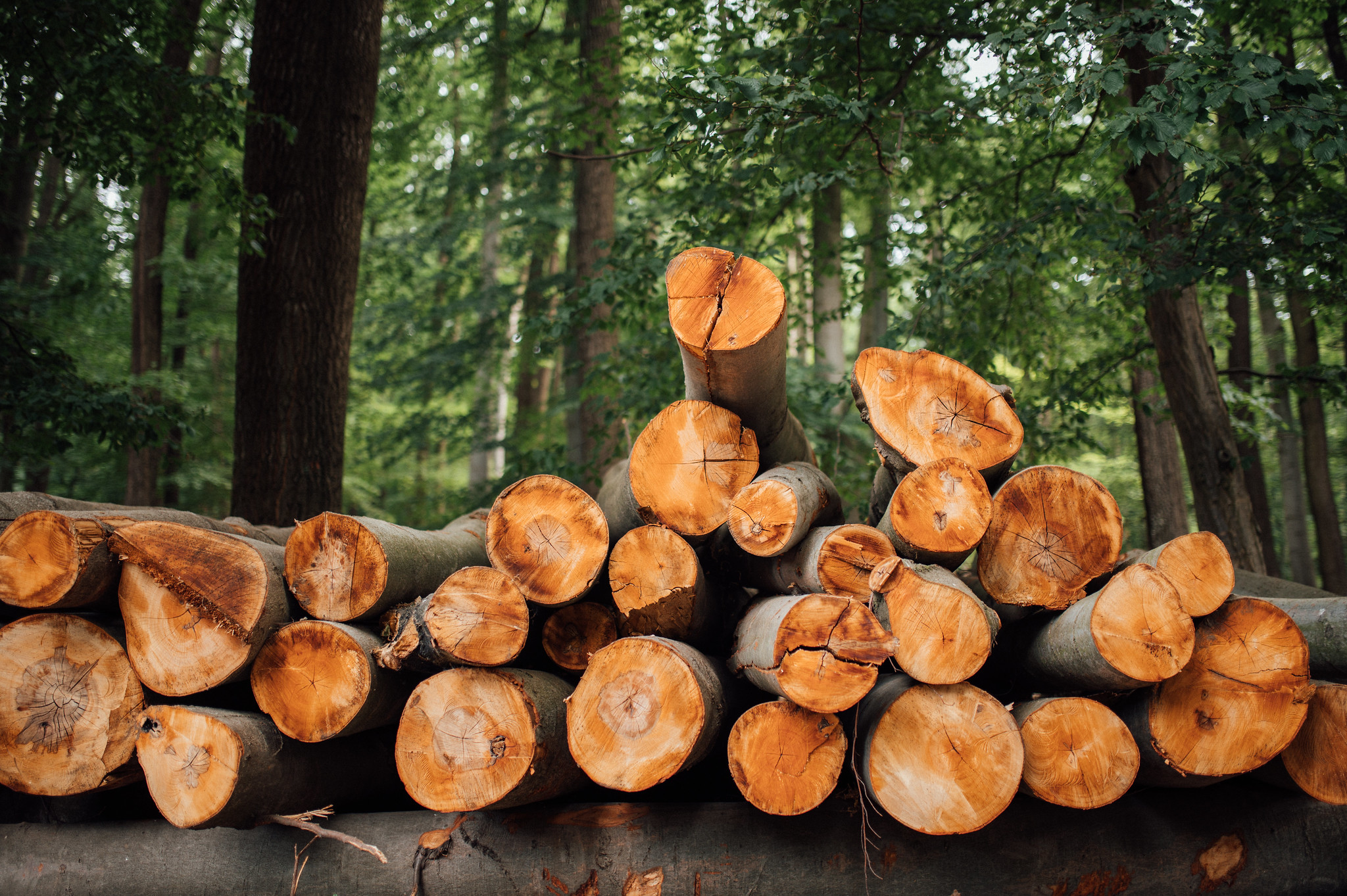Victory for the great outdoors, one year later
How the passage of the Great Outdoors Act is already making a difference

One year ago today, the Great American Outdoors Act was signed into law. Sometimes it takes a while for legislation to have an impact, but in this case, this landmark conservation law is already paying off with projects and acquisitions that will leave us with cleaner air and water, more outdoor recreation opportunities, and more habitat for our incredible wildlife.
Environment America was a major part of this effort. Read more about LWCF’s history and all the organizing and advocacy we’ve done to make sure America’s best conservation and recreation program continues to deliver for posterity.

The effort was well worth it because this law locked in $900 million for conservation and recreation and that money is now being used for hundreds of projects across the country. For example, the Great American Outdoors Act provided funding to purchase 153 acres of land adjacent to the Big South Fork National River and Recreation Area in Kentucky. That land will be used as a wildlife corridor by linking up segments of protected property. And in Florida, thanks to this legislation, St. Marks National Wildlife Refuge will be expanded by 1,333 acres to protect endangered red-cockaded woodpeckers, wood storks and frosted flatwoods salamanders.
Beyond that, the Great American Outdoors Act dedicates $9.5 billion over five years to upgrading our public lands infrastructure. This means numerous key fixes on America’s public lands’ to-do list are getting done. For instance, in Washington State, three culverts under roads in the Gifford-Pinchot National Forest are being reconstructed. This will help recreation access for campers while allowing endangered Chinook salmon, Coho salmon and steelhead trout to pass farther upstream. And at Yellowstone National Park, these funds will be used for all kinds of maintenance, from repairing access roads and upgrading water systems to rehabilitating campsites.
This is only the beginning of a generation of new benefits that will flow from this bipartisan conservation law. But the change didn’t happen overnight — it was the result of a years-long battle to protect and then fully fund Land and Water Conservation Fund
Since 1965, the Land and Water Conservation Fund has diverted federal revenues from offshore oil and gas drilling to conserve 15 million acres of land and provide more than 42,000 grants to states — at least one in every county — for everything from iconic national parks such the Grand Canyon, Great Smokies, Acadia, Mt. Rainier and the Boundary Waters, to local hiking trails and city parks.
Until last year’s victory, big chunks of the $900 million set aside for LWCF each year would be regularly diverted away by Congress. So, while $40.9 billion had been put into the LWCF pot in the years before the Great American Outdoors Act, only $18.9 billion of that was actually invested in conservation and recreation. But now, thanks to this great public lands victory, there will be no more diverting of funds meant for protecting the great outdoors.
Americans have long supported this sort of action and this act is proof that our elected leaders can come together in a bipartisan fashion to make a difference. Congress should consider building on this bipartisan commitment to protecting our beautiful outdoor spaces by working both to reconnect habitat with wildlife corridors and to fund state wildlife action plans for species of greatest conservation need. We need more nature in this country, and the Great American Outdoors Act is playing a foundational role in that effort.

Topics
Authors
Alex Petersen
Find Out More

EPA report says pesticides endanger wildlife

Which toilet paper companies are taking steps to be more sustainable?

What kind of planet protector are you?



